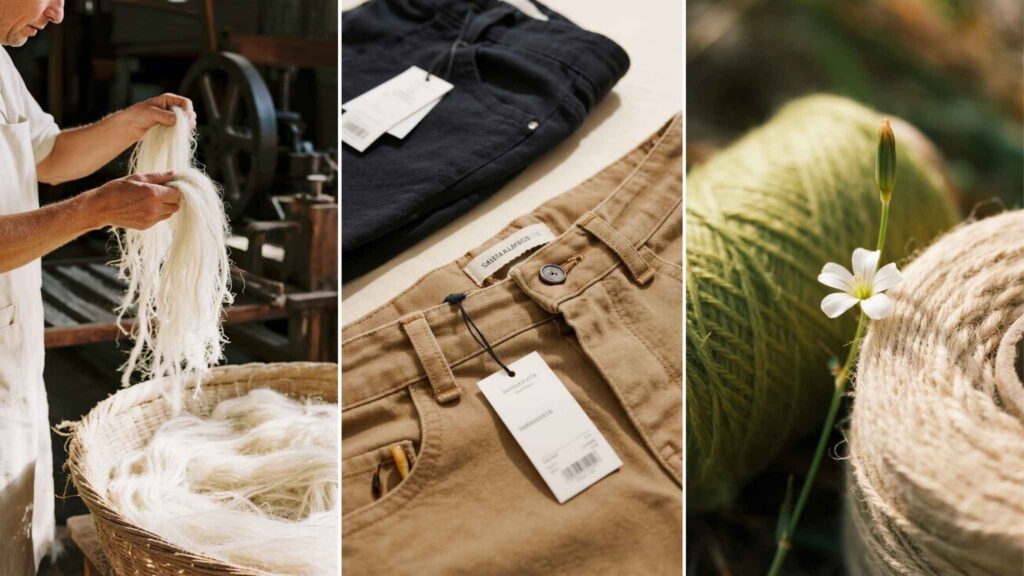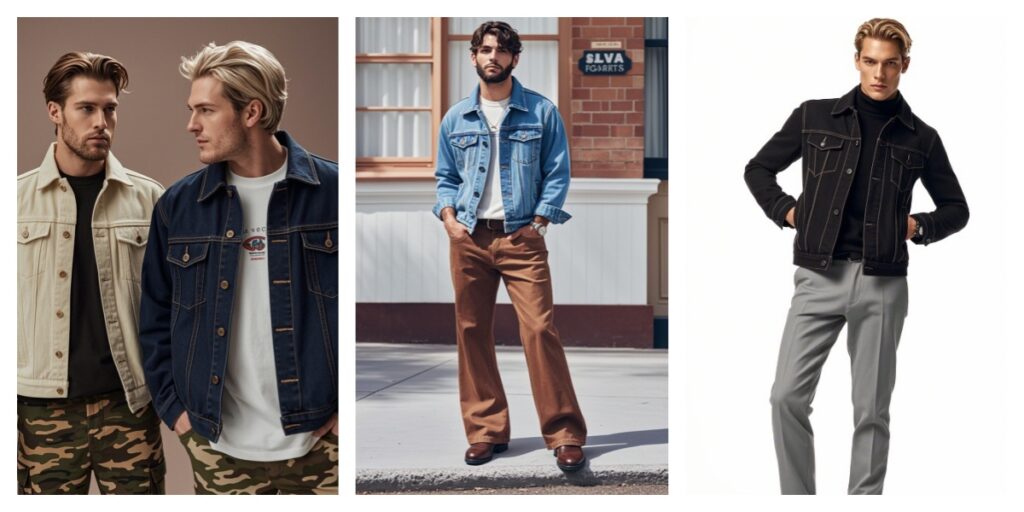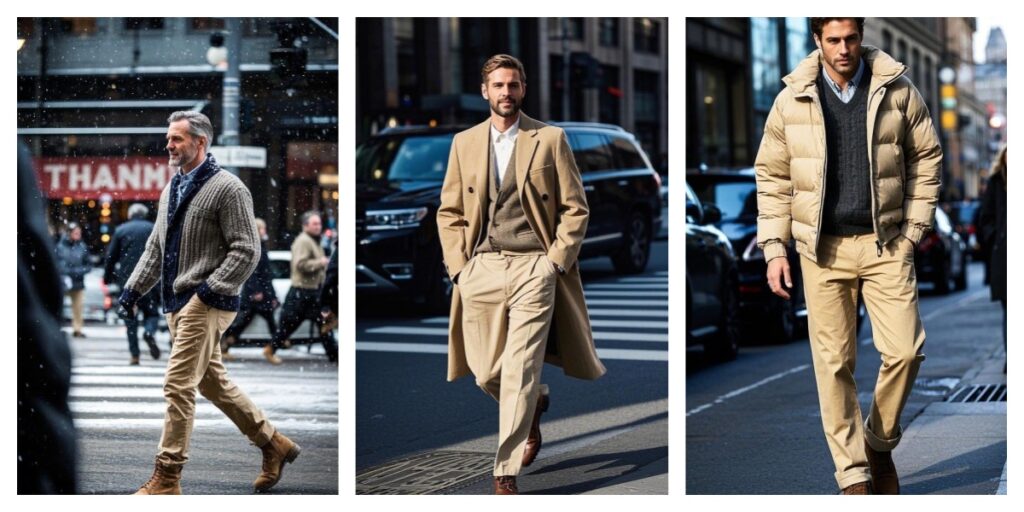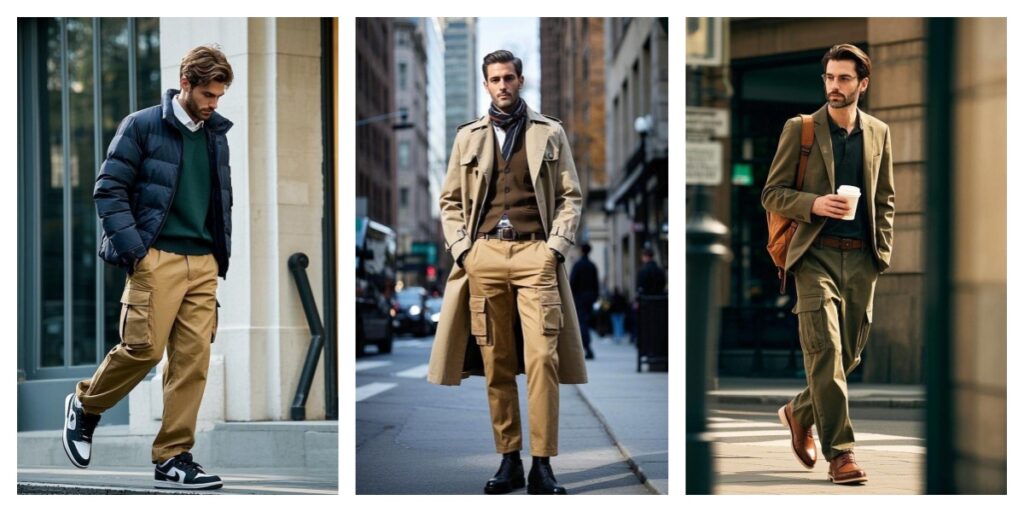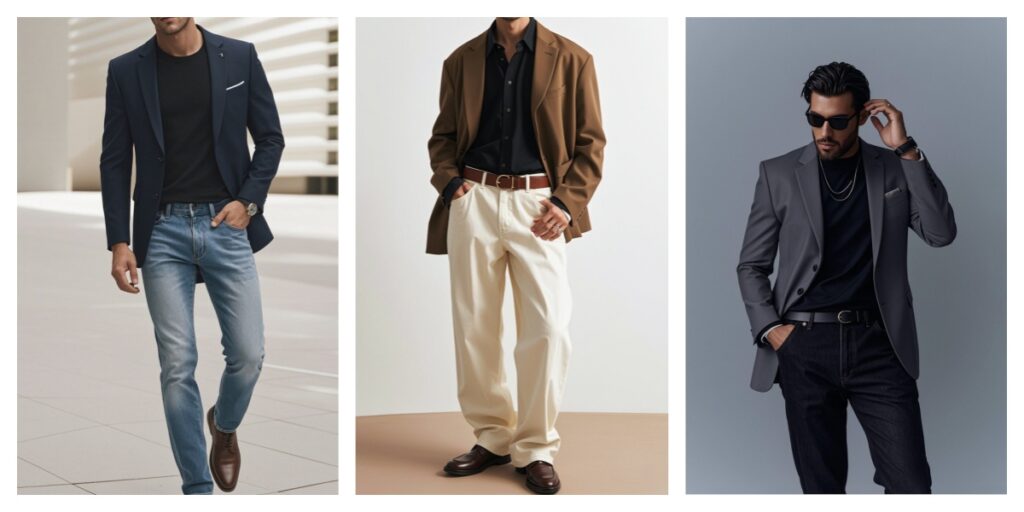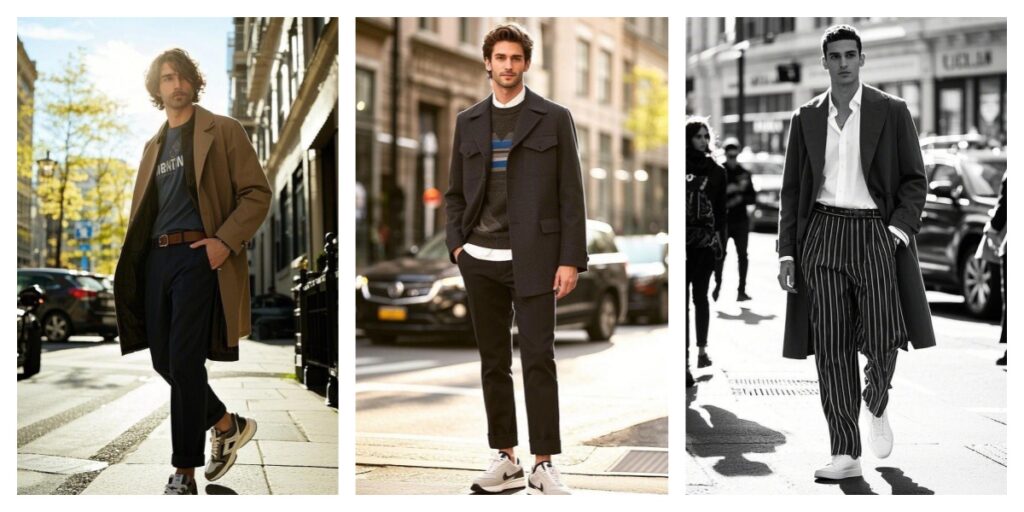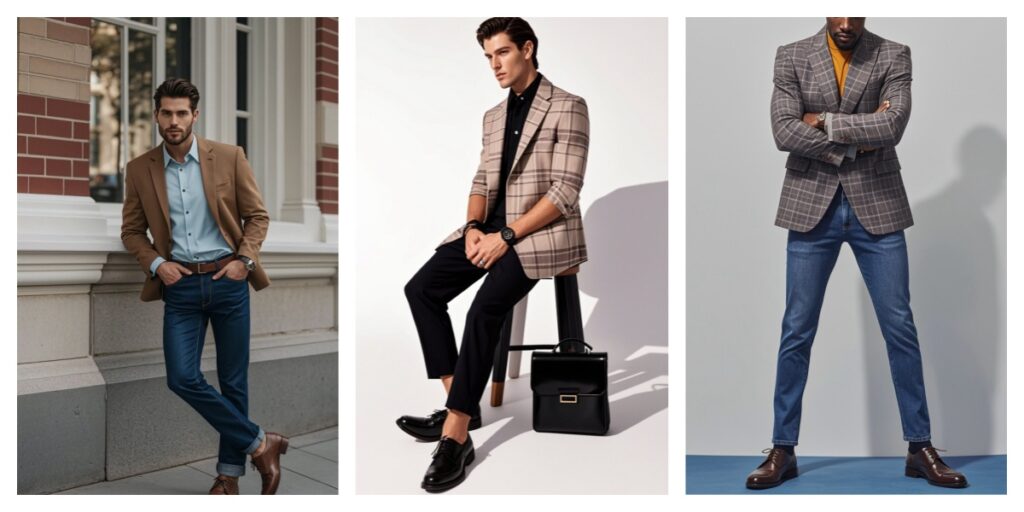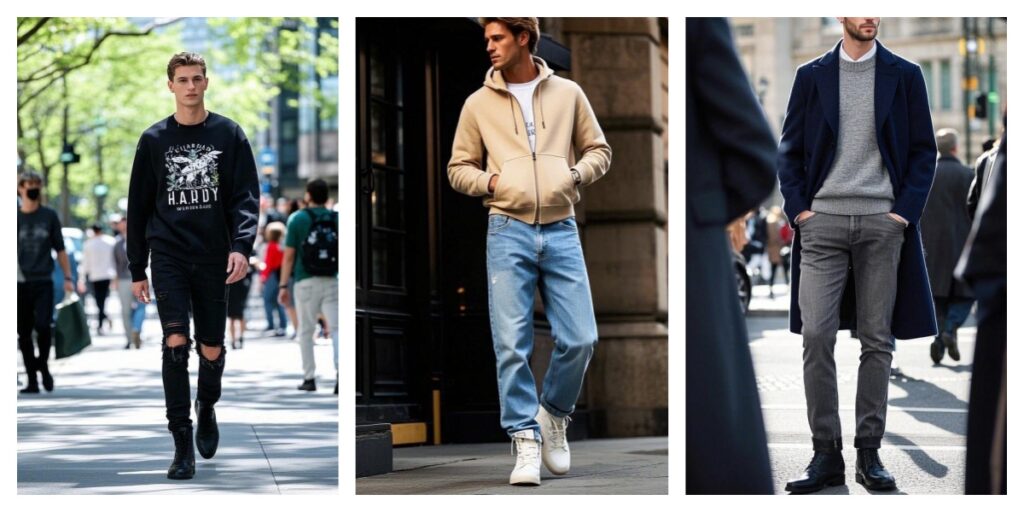Introduction
Linen trousers have quietly shifted from niche resortwear to a mainstream must‑have in the modern man’s wardrobe. From office commuters braving humid cities to holidaymakers seeking effortless sophistication, more men are swapping heavier twills and denims for the cool touch of flax fibre. Yet a common refrain echoes through fitting rooms and online carts alike: Why are linen trousers so expensive? They can easily cost double—or more—than comparable cotton chinos. This article unpacks the price tag, tracing linen from seed to seam, and shows why, despite the sticker shock, linen trousers remain a smart buy for style, comfort, and sustainability.
The Fabric Factor: What Makes Linen Special
Linen starts life as the humble flax plant, a crop cultivated since ancient Egypt. Each fibre is found inside the stalk, protected by woody bark. After flowering, flax is pulled (not cut) to preserve fibre length, then retted—left to dew and moisture so bacteria break down the pectin binding fibre to stem. This laborious start already sets linen apart.
Performance benefits justify the effort:
- Exceptional breathability: The hollow fibres allow air to circulate, venting body heat.
- Moisture‑wicking: Linen can absorb up to 20 % of its weight in water without feeling damp, then dries quickly.
- Eco‑friendly profile: Flax thrives on rainwater, needs minimal pesticides, and every part of the plant—from seeds to shives—finds a use.
Cotton may feel familiar, but its denser staple traps heat, and synthetics rely on fossil‑fuel feedstocks. For men navigating tropical commutes or alfresco events, linen’s airy weave offers a comfort upgrade that cheaper fabrics struggle to match.
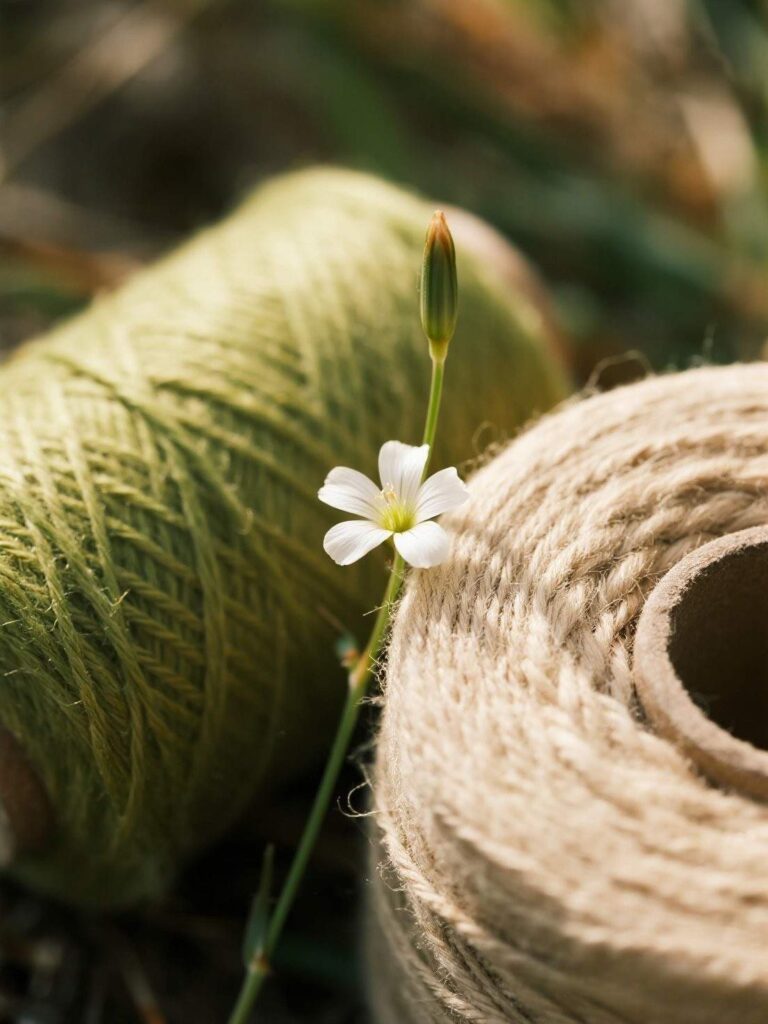
Labor‑Intensive Production Process
Flax only flourishes in select cool, coastal climates—think Normandy, Flanders, or parts of Lithuania—where a short growing window keeps supply limited. Once harvested, processing remains stubbornly manual:
- Retting control: Farmers judge retting by eye, tugging fibres daily to test looseness; too short and fibres cling, too long and strength degrades.
- Scutching & heckling: Dried stalks pass through wooden blades to strip woody bits, then are combed repeatedly for uniformity.
- Spinning long staple: Premium mills spin long‑line fibres up to 60 cm, producing finer, lustrous yarn but at slower speeds than cotton ring frames.
Each touchpoint demands skilled labor and time. When upscale trouser makers tout “pure Belgian linen,” they implicitly promise that every stage honoured traditional craft—costly, but visible in the fabric’s buttery drape and subtle sheen.
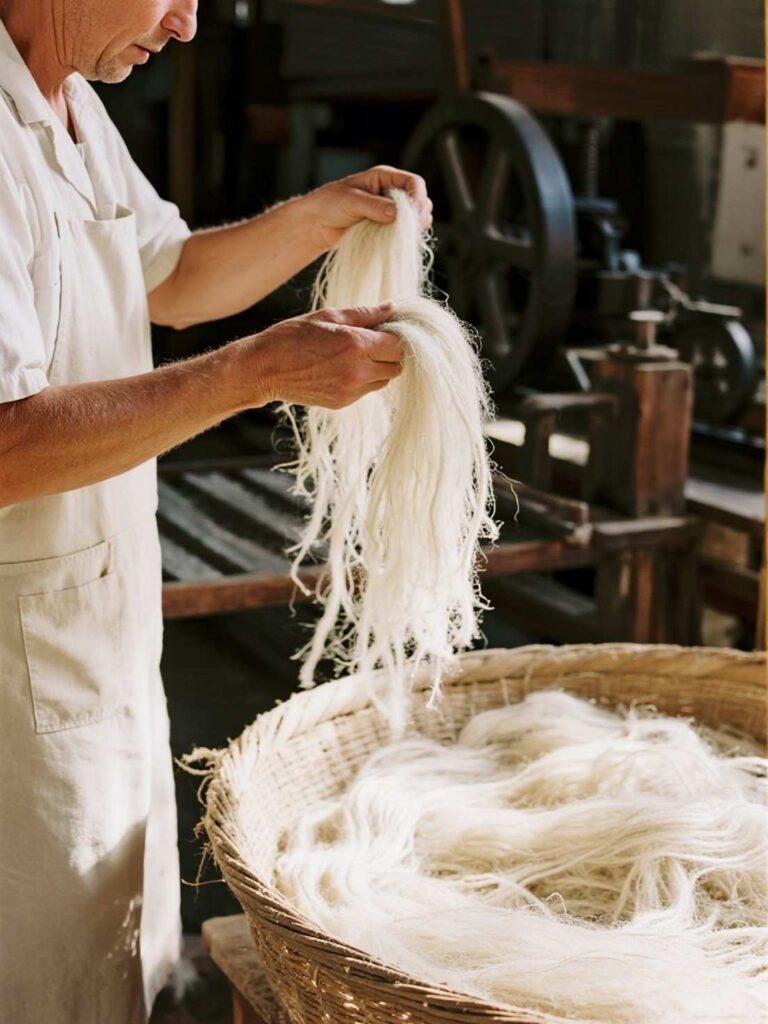
Durability and Longevity
Linen’s expense often surprises shoppers accustomed to cotton’s affordability, yet durability tips the value equation. Flax fibres rank among the strongest in nature. They resist abrasion and, unlike cotton that may thin after seasons of friction, linen fibres gain softness without losing tensile strength.
Consider a simple cost‑per‑wear snapshot:
| Trouser Type | Price | Wears per Year | Years of Service | Cost per Wear |
|---|---|---|---|---|
| Cotton Chinos | $45 | 25 | 3 | $0.60 |
| Linen Trousers | $98 | 30 | 6 | $0.54 |
Even with a higher initial outlay, long‑lasting linen edges out mass‑market cotton in just two summers. Factor in less frequent replacements and potential resale value, and linen’s “expensive” label starts to look more like prudent budgeting.

Design & Brand Influence
Not all linen trousers are created equal. Designer houses leverage brand equity, but many genuinely spend more to achieve a sleek, modern silhouette:
- Tailored patterns: Linen lacks the stretch of elastane blends, so premium makers draft patterns with subtle curves, reducing bagging at the knees.
- Hand‑finishing: Mitered pocket corners, pick‑stitched seams, and true horn or corozo buttons consume artisan hours.
- Specialised dyeing: Piece‑dyed or garment‑dyed linen in sorbet pastels requires lower‑temperature, slower dye baths to prevent fibre damage.
Compare a heritage Italian label selling 100 % long‑line linen trousers at $215 with a high‑street brand’s linen‑cotton blend at $68. The former will likely include French seams, bar tacks at stress points, and a lining that mitigates transparency—features that translate to better longevity, comfort, and that coveted “effortless drape.”
Sustainable Value and Low Environmental Impact
Sustainability sits at the core of linen’s price calculus. With water scarcity mounting and consumers scrutinising supply chains, flax farming offers compelling benefits:
- 82 % less water than conventional cotton per kilogram of fibre.
- Carbon sequestration: Flax fields absorb CO₂ while growing, offsetting some downstream emissions.
- Biodegradability: Pure linen decomposes in soil within months, unlike polyester that persists for centuries.
Ethically minded brands often pay living wages in European mills, secure OEKO‑TEX or Masters of Linen certifications, and produce smaller batches to curb overstock. These responsible choices raise unit costs but align with the “buy less, buy better” philosophy that many style‑savvy men now champion.
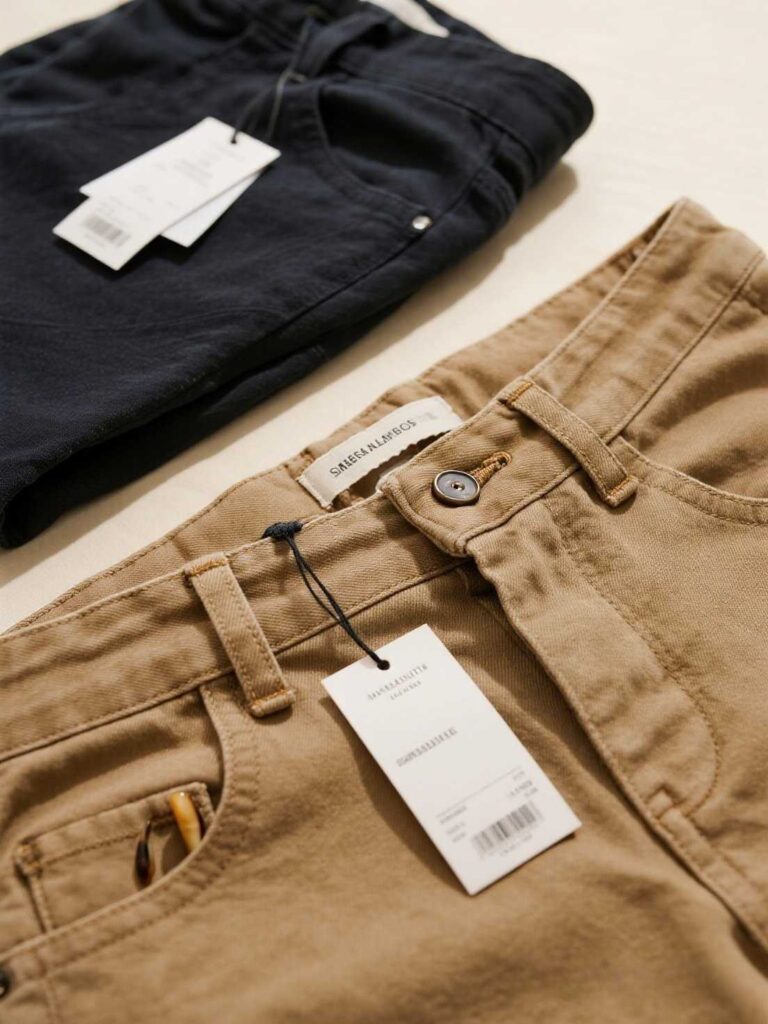
Are They Worth It? Cost vs. Value for Men’s Wardrobe
Versatility on Repeat
From sandy shores to semi‑formal dinners, linen trousers transition with minimal fuss:
- Casual: Cuff them above espadrilles, add a breezy camp‑collar shirt.
- Smart‑casual: Team with a cotton‑silk polo and loafers for summer meetings.
- Evening: Pair dark navy linen trousers with an unstructured blazer and suede derbies.
Seasonality & Climate
While synonymous with summer, mid‑weight linen (200–240 gsm) breathes in tropical heat yet layers over thermals for milder winters. Dye houses now offer autumnal olives and charcoals, expanding wear beyond beach months.
Styling Tips to Maximise Value
- Embrace wrinkles: Natural creasing signals authenticity; steam lightly rather than over‑press.
- Wash cold, skip tumble: Air‑drying preserves fibre strength.
- Rotate wears: Owning two pairs in neutral tones (sand and charcoal) allows rest days, prolonging life.
When viewed through versatility, comfort, and environmental stewardship, the higher price of linen trousers converts into daily confidence and lower ecological cost.
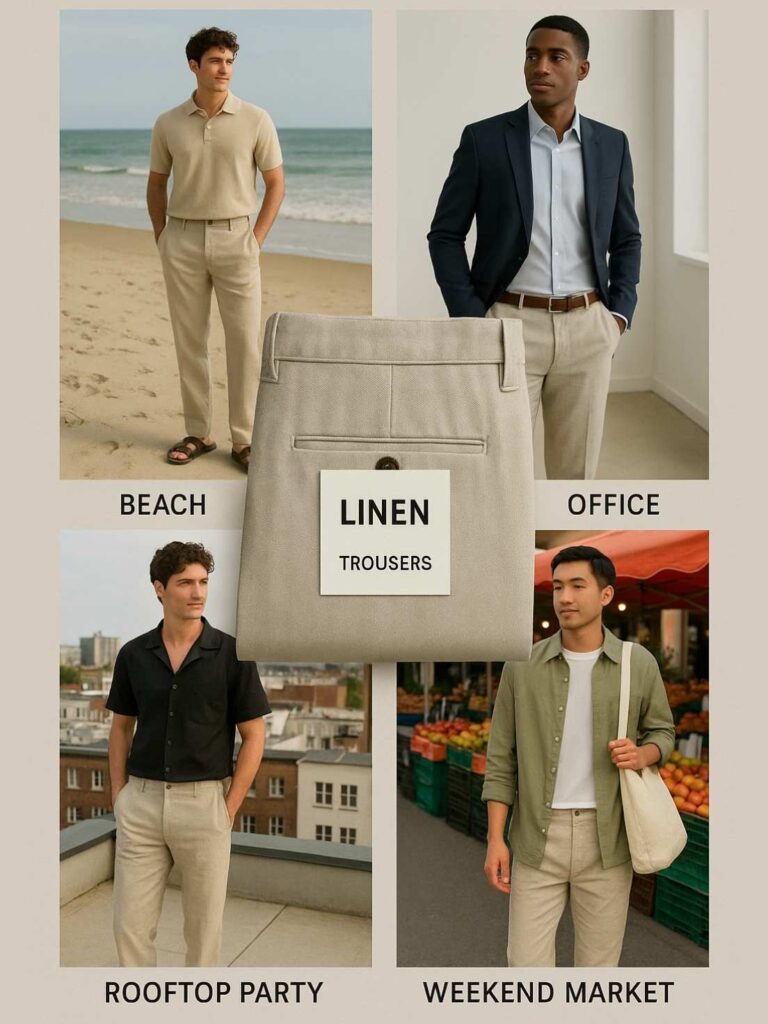
Conclusion
The premium on linen trousers stems from scarce flax farms, meticulous hand‑processing, and the fabric’s unbeatable performance in hot climates. Add durable fibres, artisanal tailoring, and a light environmental footprint, and the sticker shock begins to look like sensible long‑term investment. Choosing linen means paying more today for trousers that breathe, last, and stay stylish across seasons and trends—a practical luxury your future self (and the planet) will appreciate.
